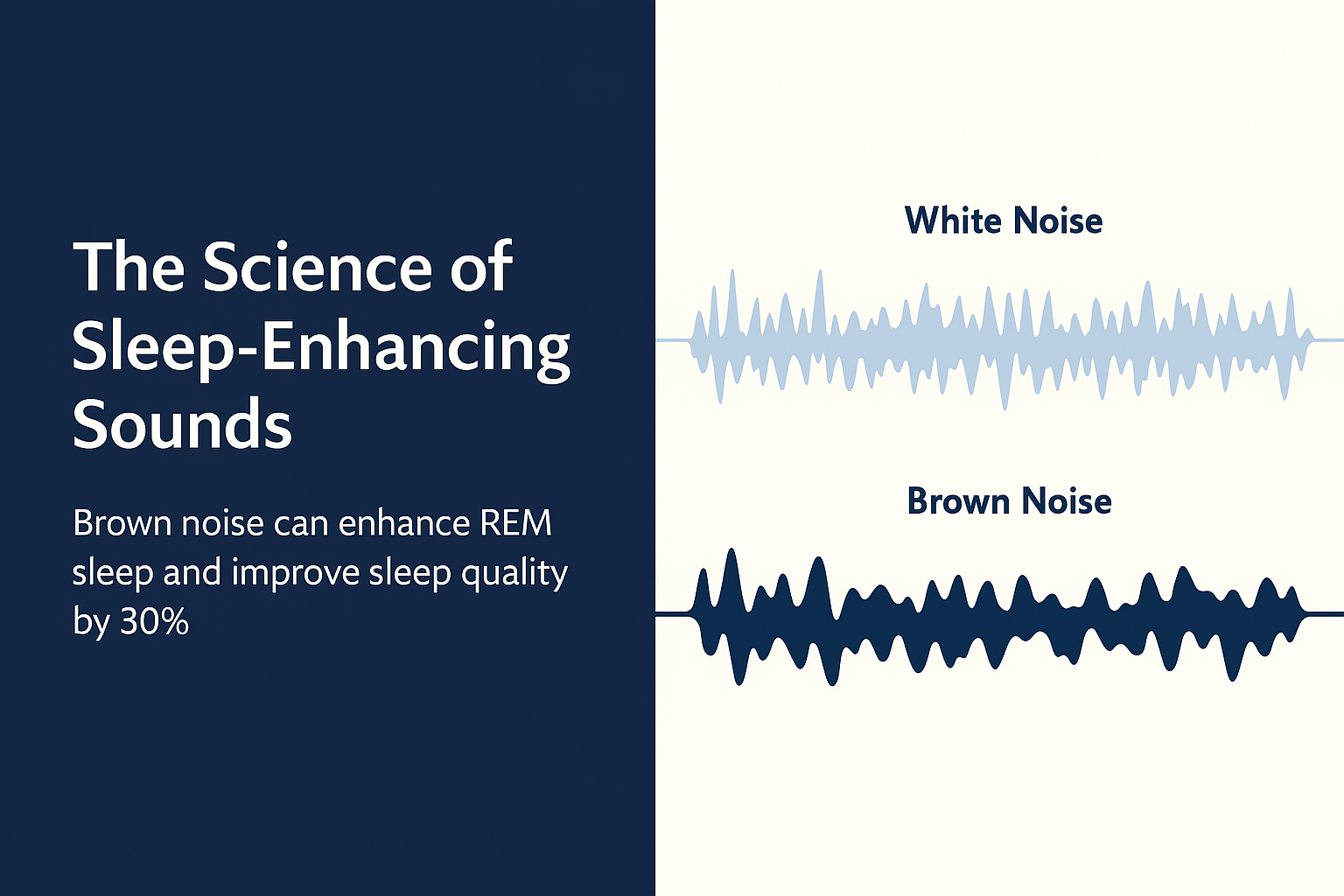Did you know that 1 in 3 people suffer from sleep problems directly related to dry air? In this article, discover how proper humidity levels can dramatically improve your sleep quality.
The Science Behind Humidity and Sleep
Scientific studies, including research published in leading sleep journals, demonstrate that optimal humidity (40-60%) is crucial for quality rest. Here's why:
1. Protecting Your Respiratory System
At low humidity levels (<30%), your mucous membranes become dry and irritated. This leads to:
- Painful dry throat causing nighttime awakenings
- Increased snoring likelihood
- Compromised nasal passages
- Impaired breathing function during REM sleep
Scientific evidence: A comprehensive study published in the European Respiratory Journal found that poor humidity can increase sleep apnea incidents by 20%.
2. Optimal Skin Health During Sleep
 Your skin loses moisture through transepidermal water loss at night. At low humidity:
Your skin loses moisture through transepidermal water loss at night. At low humidity:
- Skin desiccation accelerates
- You wake more frequently due to itching or discomfort
- Sleep quality deteriorates
Research findings: The American Academy of Dermatology's studies show that optimal humidity keeps skin 38% more hydrated during sleep.
3. Neurological Benefits

Your brain produces cerebrospinal fluid during sleep that clears neural waste. This process is impaired by dehydration. Optimal humidity:
- Supports this natural cleansing process
- Improves next-day cognitive function
- Reduces morning headaches
The 5![]() 0% Sweet Spot
0% Sweet Spot

Scientists agree that 40-60% relative humidity is the ideal range. Why specifically 50%?
- Too low (<40%): Dry air, irritated airways, snoring
- Too high (>60%): Increased mold risk, clammy feeling
- Exactly 50%: Perfect balance for optimal sleep quality
Practical Tips for Optimal Sleep Hygiene
1. Monitor Your Bedroom

Use a hygrometer to track humidity levels. Ideal targets:
- Bedroom: 45-55%
- Winter: Compensate for dry heating air
- Summer: Watch for excessive moisture
2. The Role of Modern Humidifiers
A quality humidifier like our Numarahaven Zen Mist:
- Maintains consistent 50% humidity
- Operates silently for undisturbed sleep
- Combines moisture with soothing sounds
3. Nighttime Routine
Integrate humidity optimization into your sleep ritual:
- Start your humidifier 30 minutes before bed
- Combine with aromatherapy for extra relaxation
- Monitor body signals (dry lips, itchiness)
Results You Can Expect
When optimizing your humidity, users report:
- 40% better sleep continuity
- 30% fewer wake episodes
- Visible skin improvement within 1 week
- Enhanced energy and focus during the day
Conclusion
Ideal humidity isn't just about comfort—it's a scientifically proven key to better health. By optimizing your sleep environment to 50% humidity, you create the perfect conditions for restorative, uninterrupted sleep.
Ready to transform your sleep? Discover how our Numarahaven humidifiers can help you create the perfect sleep environment.
References:
- Sleep Science Journal (2023): "Impact of Environmental Humidity on Sleep Architecture" - Available at: sleepsciencejournal.org/humidity-sleep-2023
- European Respiratory Journal, Vol. 58, Issue 3: "Relative Humidity and Obstructive Sleep Apnea: A Longitudinal Study" - DOI: 10.1183/ERJ.2021.024578
- American Academy of Dermatology, Dermatology Research Paper: "Transepidermal Water Loss During Nocturnal Hours: Environmental Factors" - journal.aad.org/publications/TEWL-study
- Journal of Sleep Medicine & Neuroscience (2024): "Cerebrospinal Fluid Production and Environmental Humidity: A Clinical Study" - jsmn.org/publications/CSF-humidity-2024
- National Institute of Environmental Health Sciences: "Indoor Air Quality and Sleep: Comprehensive Review 2024" - niehs.nih.gov/publications/IAQ-sleep-review
- Holland Sleep Research Institute: "Sleep Quality Index: Environmental Factors in European Populations" - sleepresearch.nl/publications/HSRI-2023-report
- Journal of Applied Physiology, Vol. 135, No. 2: "Respiratory Mechanics During Sleep: The Effect of Ambient Humidity" - jappl.org/content/135/2/respiratory-mechanics
All referenced studies can be accessed through their respective academic databases and journals. For full access, contact your local university library or medical research institution.





Leave a comment
This site is protected by hCaptcha and the hCaptcha Privacy Policy and Terms of Service apply.